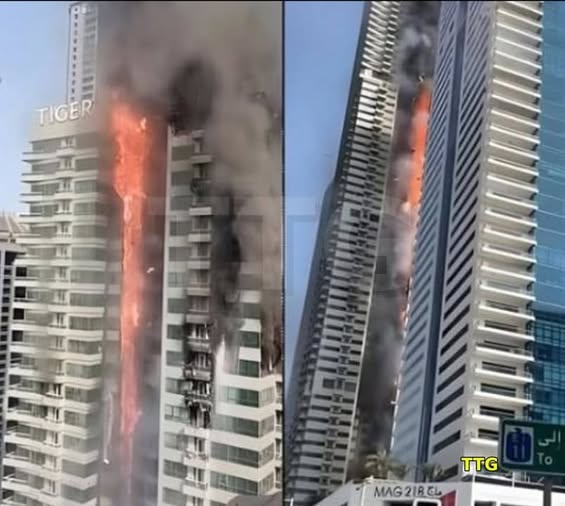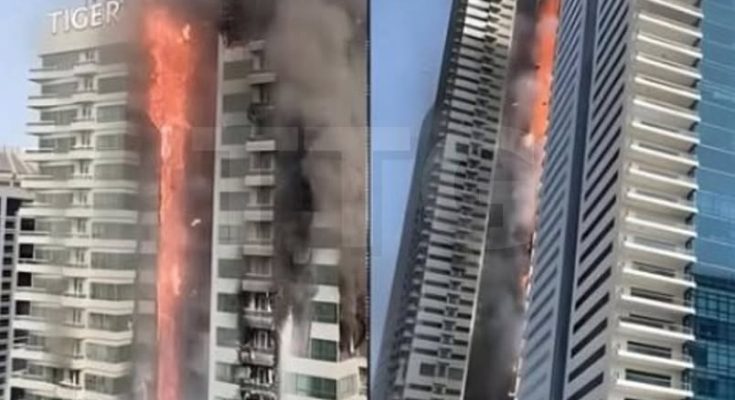Video minutes ago | lsraeI under attack…See more
1. Israel’s Multi-Front Offensive Against HezbollahEliminating Key Leaders
In late September, Israeli forces initiated a prolonged bombing campaign. Among the prominent Hezbollah figures who were … are:
Hassan Nasrallah (Secretary-General) Hashem Safieddine (Deputy Leader) Nabil Qaouk, Ibrahim Aqil, and Ali Karaki (Senior Military Commanders)
These attacks targeted Hezbollah installations in Dahiyeh, the Beqaa Valley, and even central Beirut, including drone manufacturing sites and financial centers.
The Psychological Assault
Israel also reportedly activated thousands of booby-trapped communication devices (pagers, walkie-talkies), resulting in casualties among both militants and civilians. The objective: to dismantle Hezbollah’s centralized command.
2. Hezbollah’s Resilient Structure and Strategy
Despite suffering these devastating blows, Hezbollah continues to function. What is the reason behind this?
Autonomous UnitsThe military strategy of Hezbollah is fundamentally based on decentralization. Small, well-trained units operate autonomously, granted the authority to make their own tactical decisions. This mission-command style of operation has enabled the organization to sustain its functionality even after the loss of its leadership.
High Mobility and Dispersal
Hezbollah employs tactics that were developed during earlier conflicts, including:
– Underground tunnels and shelters
– Mobile rocket platforms
– Mountain bikes for discreet transportation
– Rapid setup and dispersal times (less than 30 seconds for a rocket launch)

